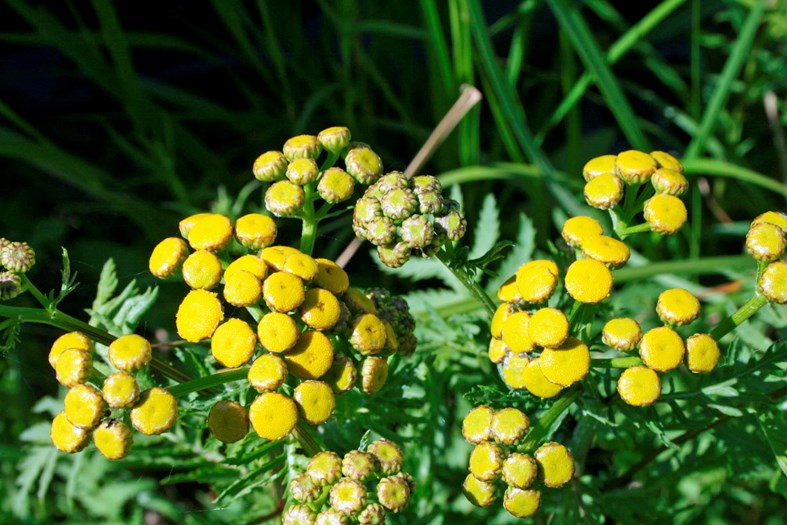This spring people can help contain invasive species that threaten Manitoba’s grasslands and rangelands
The Nature Conservancy of Canada (NCC) and the Manitoba Forage and Grassland Association (MFGA) are marking Invasive Species Awareness Week by urging people to help minimize the spread of invasive species that threaten grasslands and rangelands, whether they are resuming recreational activities or spending time in their yard.
Larry Wegner, MFGA chair, suggests that now is an ideal time to learn to identify and report invasive plants in our communities. “Invasive plants are not a just a ranch or on-farm problem. They are something all people must learn more about and better understand the biodiversity issues caused and economic impacts to all of us. Everyone is responsible from those using public trails in towns, cities, rural municipalities to private landowners and the farmers and ranchers who have access and work these lands on a daily basis. We need to be more vigilant as a group to help limit the spread of these plants.”
Manitoba’s native prairies are a precious resource – they sustain incredible biodiversity, including dozens of endangered species, while also supporting critical grazing and haying lands that farm families depend upon.
Spring is also an ideal time to audit your backyard for invasive species. Several species that are known to spread from backyards and farmyards into nearby natural areas. Property owners can play an important role in reducing the spread of these species by removing them from their properties.
People can help by reporting sightings which contributes to early detection. Canadians of all ages and levels of experience can join in the effort to stem the spread of invasive species by downloading the iNaturalist app (iNaturalist.ca) and uploading photos to help scientists and government agencies identify the species and monitor their spread.
The Nature Conservancy of Canada and the Manitoba Forage and Grassland Association have joined forces to develop a list of the ‘top 5’ invasive plants and species that could be in your backyard and that represent a threat to Manitoba’s native prairies.
The Nature Conservancy of Canada (NCC) is the nation's leading not-for-profit, private land conservation organization, working to protect our most important natural areas and the species they sustain. To learn more, visit natureconservancy.ca.
Manitoba Forage and Grassland Association’s vision is vibrant grasslands and prosperous forage crops on Manitoba’s agricultural lands. Our mission is to promote the economic prosperity and environmental benefits of forages, grasslands, cover crops and healthy soils to benefit our forage and grassland producers, local communities and society. To learn more, visit mfga.net.
MANITOBA GRASSLAND INVASIVE SPECIES
Leafy Spurge
· Two large, yellow-green, heart-shaped floral leaves make flowering heads quite prominent
· Introduced from Europe in 1800s, invades grasslands and disturbed areas
· Contains poisonous latex sap that can kill cattle in large amounts and may cause dermatitis in humans and livestock
Spotted knapweed
· Slender stem and can reach heights of up to approximately 1.5 metres
· Purple flowers, surrounding leaves have black tips
· Grows quickly underground, preventing other plants from establishing roots
Red Bartsia
· Reddish purple flowers develop in tall clusters on the top half of stems
· Found primarily in pastures, hayfields, and roadsides.
· Produces 1400 seeds a year (per plant!), seeds have coarse hairs that stick to clothing and fur, allowing Red Bartsia to spread widely
Common Tansy
· Flowers are yellow and button-like, occurring in dense, flat-topped clusters at the tops of the stems
· Long history of medicinal and horticultural use, can still be found in some garden centres (though it shouldn’t be!)
· Toxic to both humans and livestock if consumed in large quantities.
Scentless Chamomile
· Flowers are composed of a yellow central disk surrounded by white petals (like a Daisy)
· Is widely dispersed by water and prefers heavy clay soils
· A single, healthy plant can cover 1 square metre and produce up to 1,000,000 seeds
· Since it is scent-less, it does not make a very tasty tea




